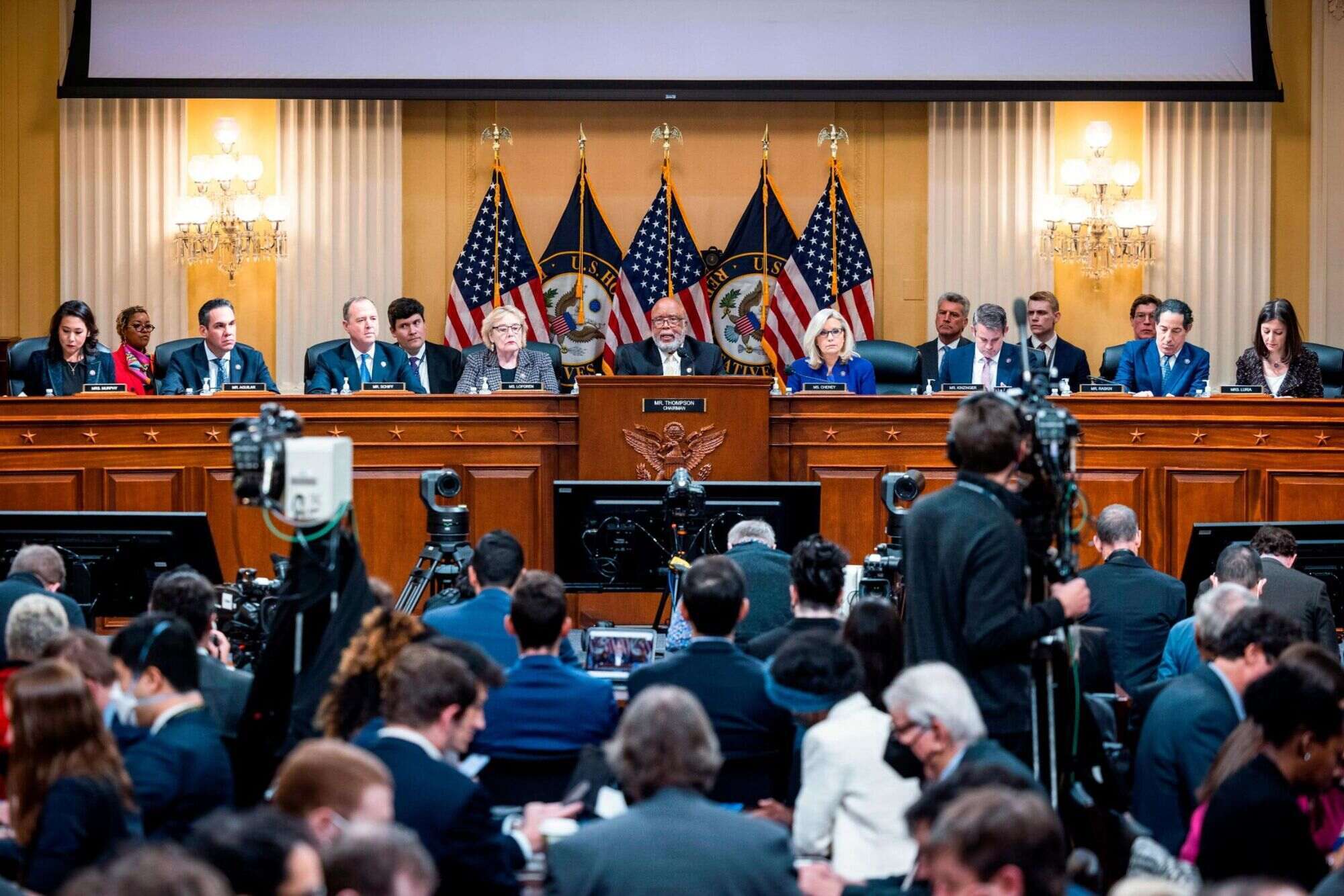
Indian Railways, an integral part of India's landscape, weaves through the heart of this vast country, connecting cities, towns, and villages across diverse terrains. Indian Railways is not just a mode of transportation; it's a lifeline for millions, embodying the spirit of unity and progress. With its inception in 1853, this colossal network has grown to become one of the world's largest railway systems. From the steam engines of yesteryears to today's high-speed trains, its journey is a fascinating tale of innovation and endurance. In this post, we'll uncover 25 intriguing facts about Indian Railways, shedding light on its rich history, impressive infrastructure, and the pivotal role it plays in daily life. Whether you're a train enthusiast, a history buff, or simply curious, these facts promise to take you on an enlightening ride through the tracks of this iconic institution.
A Glimpse into Indian Railways' History
Indian Railways, a colossal network that stitches the vast Indian subcontinent together, has a rich history that dates back to the mid-19th century. Indian Railways was established on April 16, 1853, when the first train journeyed from Bombay (now Mumbai) to Thane. This monumental event marked the beginning of railway transport in India.
-
The first train in India covered a distance of 34 kilometers (21 miles).
-
Construction of the rail network was a massive engineering feat, considering the geographical and climatic diversity of the country.
The Expansion of Indian Railways
Over the years, Indian Railways has expanded to become one of the world's largest railway networks. Its growth reflects India's socio-economic development and the pivotal role of rail transport in the country's history.
-
Today, Indian Railways covers more than 67,000 kilometers (41,632 miles) of track, connecting thousands of towns and cities across the nation.
-
Stations galore: There are over 7,000 railway stations across the Indian subcontinent.
-
Diverse services: Indian Railways operates long-distance and suburban rail systems, catering to various passenger needs.
Indian Railways: A Major Employer
Not only is Indian Railways pivotal in connecting India, but it's also one of the largest employers in the world. This vast workforce ensures the smooth operation of train services across the country.
-
Employment: Indian Railways provides jobs to over 1.3 million people, making it one of the world's largest employers.
-
Diverse roles include engineers, station masters, ticket collectors, and many more, contributing to its operational success.
Technological Innovations in Indian Railways
Indian Railways has embraced technology to enhance its services and improve passenger experience. From digital bookings to modern trains, technology plays a crucial role in its operations.
-
Online booking: The introduction of online ticket booking has made it easier for passengers to plan their travel.
-
Modern trains: Trains like the Vande Bharat Express showcase the modern face of Indian Railways, with high-speed connectivity and enhanced passenger amenities.
Indian Railways and Tourism
Indian Railways also plays a significant role in promoting tourism in India. Luxury trains and scenic routes offer unique travel experiences to both domestic and international tourists.
-
Luxury trains like the Palace on Wheels provide a glimpse into the royal heritage of India while traveling through picturesque landscapes.
-
Scenic routes, such as the Konkan Railway and the Darjeeling Himalayan Railway, offer breathtaking views of India's natural beauty.
Environmental Initiatives by Indian Railways
In recent years, Indian Railways has taken significant steps towards environmental sustainability. These initiatives aim to reduce the carbon footprint and promote green transportation.
-
Solar-powered trains: Some trains are equipped with solar panels, reducing dependence on fossil fuels.
-
Eco-friendly stations: Many railway stations have implemented rainwater harvesting and solar energy systems.
The Cultural Impact of Indian Railways
Indian Railways has had a profound impact on Indian culture, influencing cinema, literature, and art. It symbolizes unity in diversity, bringing people from different backgrounds together.
-
In cinema: Trains and railway stations often feature in Indian movies, symbolizing journeys, separations, and reunions.
-
In literature: Many Indian authors have penned stories and poems inspired by their experiences on trains, capturing the essence of travel and the myriad human emotions it evokes.
Safety Measures in Indian Railways
Safety is a paramount concern for Indian Railways, given its vast network and the millions of passengers it serves daily. Continuous efforts are made to enhance safety measures.
-
Advanced signaling systems have been installed to prevent accidents and ensure smooth train operations.
-
Regular maintenance of tracks and trains is conducted to uphold safety standards and prevent breakdowns.
The Future of Indian Railways
Looking ahead, Indian Railways is poised for further growth and modernization. Plans for new tracks, faster trains, and better services promise to redefine rail travel in India.
-
High-speed rail projects, like the Mumbai-Ahmedabad bullet train, are in development, aiming to drastically reduce travel time between major cities.
-
Digital advancements continue to streamline operations and improve passenger convenience, from ticket booking to real-time train tracking.
-
Sustainability goals include further reducing the environmental impact of train operations and promoting eco-friendly travel options.
-
Expansion plans aim to connect even the most remote parts of India, making rail travel more accessible to everyone.
-
Upgraded facilities at stations and on trains are being introduced to enhance passenger comfort and convenience.
-
Increased freight capacity is a focus, aiming to boost India's economy by facilitating smoother transport of goods across the country.
-
International collaborations are being explored to bring in advanced technology and practices from around the world.
-
Community engagement initiatives are strengthening the bond between Indian Railways and the communities it serves, ensuring that the railways continue to be an integral part of India's social fabric.
Indian Railways, with its rich history and continuous evolution, remains a vital artery of the nation, touching lives and connecting hearts across the vast landscapes of India.
A Final Whistle on Indian Railways
Indian Railways, an intricate network that stitches the vast cultural fabric of India, is more than just a mode of transport. It's a lifeline that connects the remote corners of the country, offering glimpses into the diverse landscapes and cultures. From the Kalka-Shimla Railway with its breathtaking views to the Mumbai Local, the lifeline of India's financial capital, this system embodies the spirit of India. With initiatives like solar-powered trains and bio-toilets, Indian Railways is steering towards a greener future. It's a testament to human ingenuity and the relentless spirit of progress. As passengers, we're part of a continuing story, one that's been unfolding for over 160 years. Riding the rails in India isn't just about getting from point A to B; it's about experiencing the heart and soul of India.
Was this page helpful?
Our commitment to delivering trustworthy and engaging content is at the heart of what we do. Each fact on our site is contributed by real users like you, bringing a wealth of diverse insights and information. To ensure the highest standards of accuracy and reliability, our dedicated editors meticulously review each submission. This process guarantees that the facts we share are not only fascinating but also credible. Trust in our commitment to quality and authenticity as you explore and learn with us.


